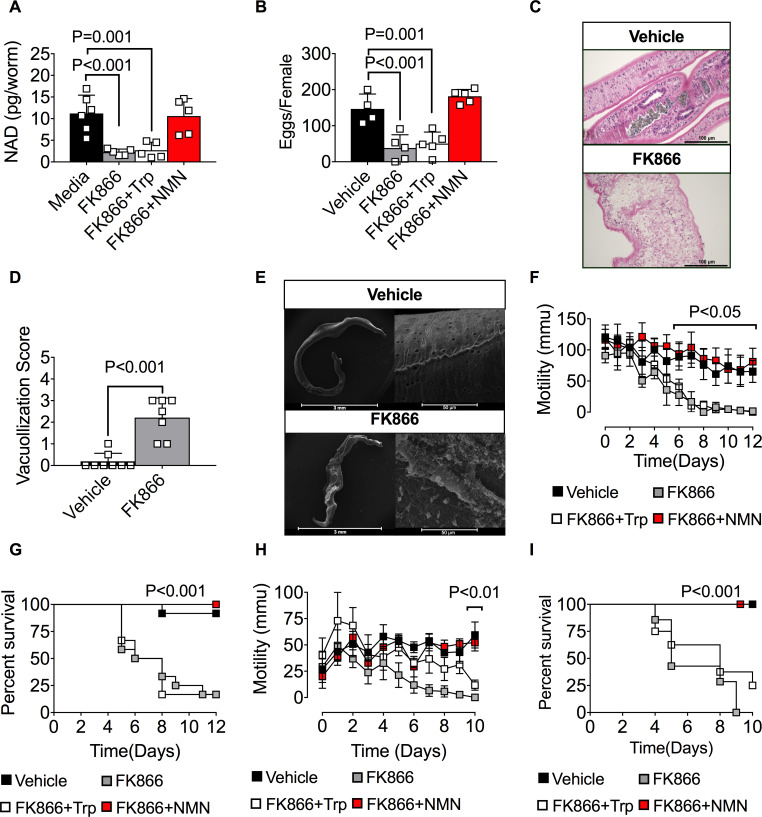Fig 5. The NAD salvage pathway controls metabolism, and survival of adult and immature S. japonicum.
(A) Intracellular NAD levels in female S. japonicum cultured for 48h with vehicle or 250nM FK866 ± 2mM NMN or Trp. n = 5–6 wells/group with 1 female parasite/well. (B) Egg production by female S. japonicum cultured for 48h with vehicle or 250nM FK866 ± 2mM NMN or Trp. n = 4–5 wells/group with 1 female parasite/well. (C-E) Loss of membrane integrity in day 7 FK866-exposed male S. japonicum. Representative H&E stained cross sections (C) and SEM images (E) of male S. japonicum cultured for 7 days with vehicle or 250nM FK866. Severity of tissue damage reported as vacuolization scores (D) as determined by blinded assessment of the H&E cross sections (see S2 Fig for pathology scoring methodology and S3 Fig for additional SEM micrographs). n = 7–10 worms/group/analysis. (F) Parasite mobility by adult S. japonicum cultured for 0–12 days with vehicle or 250nM FK866 ± 2mM NMN or Trp. n = pooled averages from 3 individual experiments consisting of 3 wells/condition with each well containing 2 male and 2 female parasites. (G) Survival of S. japonicum cultured for 12 days with vehicle or 250nM FK866 ± 2mM NMN or Trp. n = 12 parasites (2 males + 2 females/well in triplicate wells). (H) Parasite mobility by S. japonicum schistosomula cultured for 0–10 days with vehicle or 250nM FK866 ± 2mM NMN or Trp. n = 3 wells/group with 6–9 schistosomula/well. (I) Survival of S. japonicum schistosomula cultured for 10 days with vehicle or 250nM FK866 ± 2mM NMN or Trp. Data are shown as the percentage of parasites alive at each timepoint. n = 6–9 parasites/group. Data are representative of 2 (A-E, H-I) or 3 (F-G) independent experiments. Data shown as the mean ± SD (A-B, D, H) or mean ± SEM (F) with individual samples shown in squares. Statistical tests were performed using one-way ANOVA multiple comparison tests for experiments with more than two groups, two-tailed Student’s t-test for experiments with two groups or a Log-rank (Mantel-Cox) test for the survival experiments.

